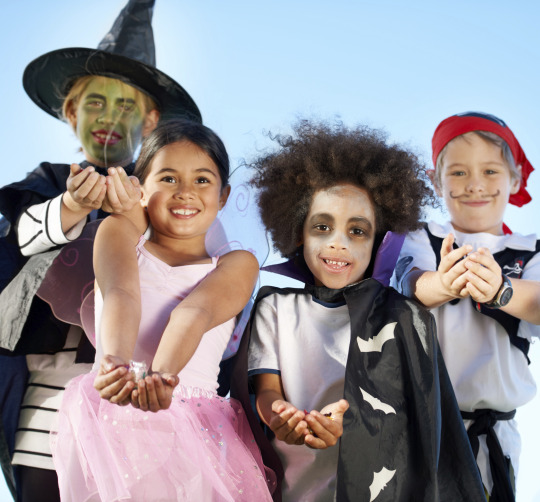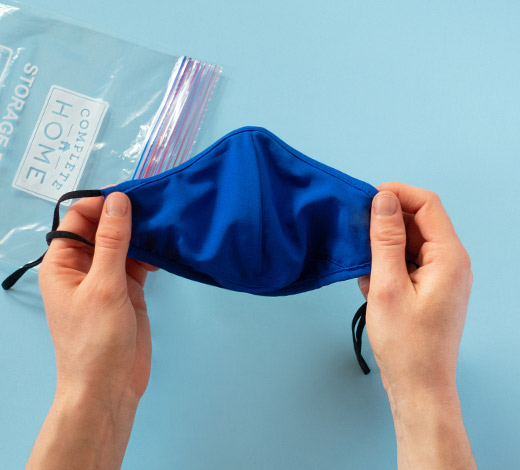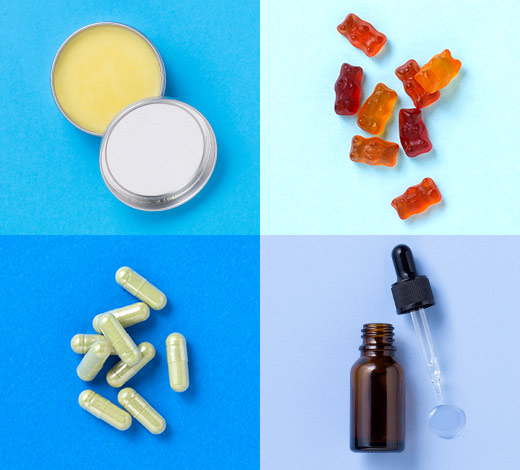
Whether you plan to pass out sweets from your home,
attend a party or go door-to-door with wee ones, make efforts to ensure your holiday is safe.

Most households throughout the US provide goodies for trick-or-treaters on Halloween, according to the National Confectioners Association — and kids aren’t the only ones to partake in the spooky fun.
Energize with Pre-Festivity Fuel
Candy bars and lollipops are ok in moderation, but going overboard can tinker with your wellness. Overeating at night and eating sugary foods in general can trigger heartburn, which commonly disrupts sleep. Eat a balanced meal before festivities to keep your blood sugar, appetite and energy levels stable. Pair nutritious carbohydrate sources, such as whole-grain pasta or a sweet potato, with a lean protein, like salmon or black beans. Have fruits or veggies for added fiber, which helps you feel full. If a meal will be served at a Halloween party, opt for a nutritious pre-party snack, such as veggie sticks with hummus.
Opt for Safe & Healthy Treats
Halloween treats don’t have to be sugar-packed. Consider giving non-food items, such as stickers and coloring books, to trick-or-treaters. Commercially made, individually packaged granola bars and fruit snacks provide healthier candy alternatives. Avoid homemade trick-or-treat goodies and candy that appears to have been tampered with, to ensure safety. The American Academy of Pediatrics recommends sorting children’s treat bags at home. Toss away spoiled, unwrapped and suspicious items. To leave room for nutritious fare after Halloween, limit treats to a few pieces per day.

Ensure Safe Travels
Injuries while walking are the most common injuries among kids on Halloween. Make sure young kids trick-or-treat with a responsible adult, stay on sidewalks when possible and cross streets as a group — looking both ways beforehand. Plan routes for older kids and agree on their return time. For visibility on dark streets, add reflective tape to treat bags and costumes or carry a flashlight. At least one person in each group should carry a cell phone, and any suspicious activity should be reported to authorities.
Keep Costumes Safe, Too
Choose comfortable shoes and shorter than floor-length costumes to prevent tripping. Avoid masks that block vision. Choose wigs labeled “flame resistant.” Don’t use decorative contact lenses without a prescription and exam from your eye care professional: Many costume lens packages state “no need to see an eye specialist” or “one size fits all,” but wearing lenses without a prescription is risky. If the weather in your area turns chilly by Halloween, include warming pieces, such as tights, gloves or long underwear.
By August McLaughlin, Demand Media
August McLaughlin is a health and sexuality writer and certified nutritionist in Los Angeles. She holds specializations in eating disorders, healthy weight management and sports nutrition.
Sources:
American Academy of Pediatrics: Halloween Safety Tips
University of Maryland Medical Center: Gastroesophageal Reflux Disease
Smithsonian.com: Where Did the Fear of Poisoned Halloween Candy Come From?
National Confectioners Association: Trick-or-Treat Tidbits
Photo Credit: Getty Images
Clinical Review By/Date: Amy Magill, MA, RD, LDN on Aug 21, 2015.


